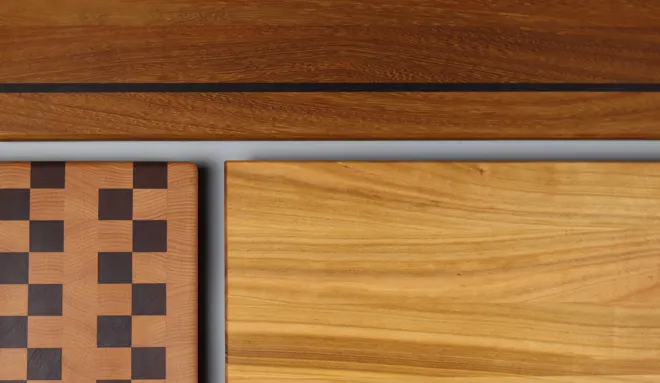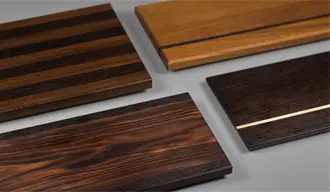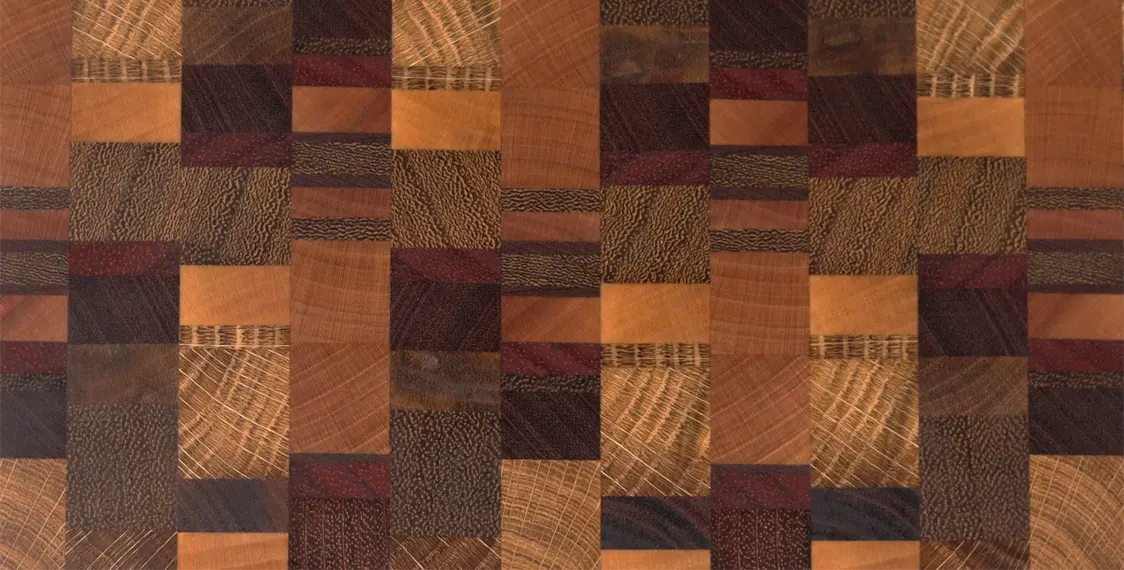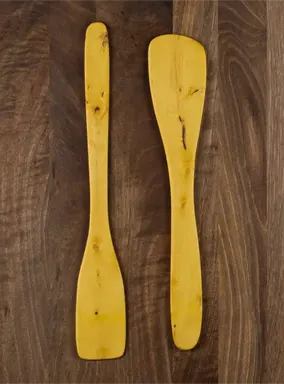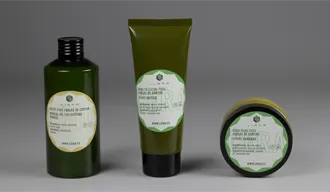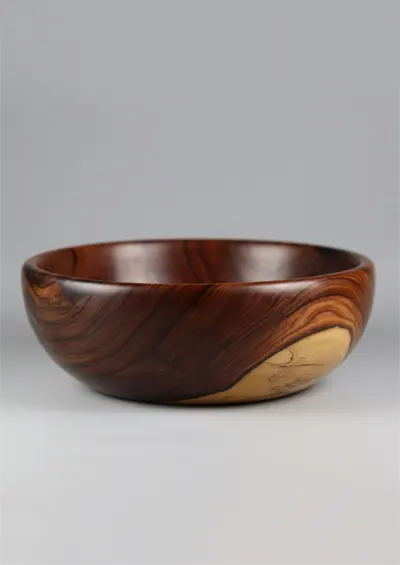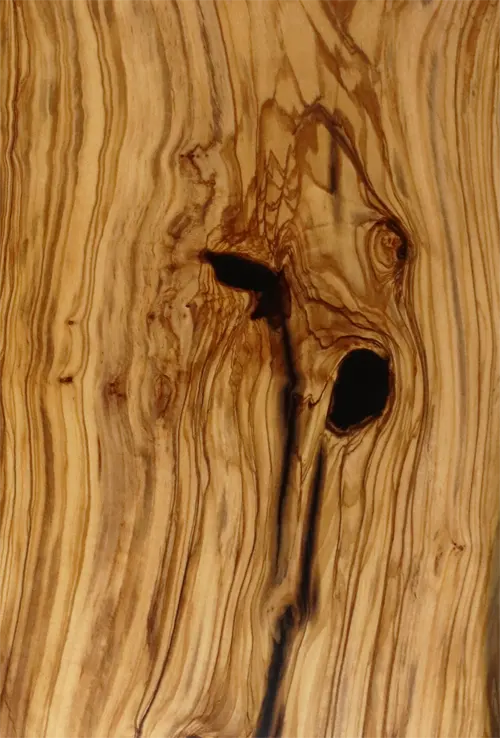Lignum Vitae or Guaiacan Wood: Uses and Characteristics
The wood of Lignum vitae, also known as guayacán or palo santo, is one of the most extraordinary and valuable species in the world.
Its unique combination of density, hardness, natural strength and self-lubricating properties has made it an irreplaceable material in technical and historical applications. In this article, we will explore its characteristics, history, technical properties, and current uses, including its availability in Ligna.es.
Origin and History of Lignum Vitae
Lignum vitae comes from trees of the genus Guaiacum, mainly Guaiacum officinale and Guaiacum sanctum, native to the Caribbean and Central America. The name “Lignum vitae” means “wood of life” in Latin, reflecting its historical use in traditional medicine to treat various ailments.
From the sixteenth century, this wood was exported to Europe, where it was valued both for its medicinal properties and for its resistance and durability. It was used in shipbuilding, in the manufacture of scientific instruments, and in mechanical components due to its ability to withstand friction without the need for additional lubrication.
Properties and Highlights
Lignum vitae wood has a number of properties that distinguish it:
- Color and Appearance: The heartwood varies from olive green to dark brown, sometimes with reddish or almost black tones. The sapwood is pale yellow or cream, clearly differentiated from heartwood.
- Texture and Grain: It has a fine texture and an interlocking vein, which gives it an attractive appearance and the ability to be polished to a high gloss.
- Weight and Density: It is one of the densest woods in the world, with an average density of 1,260 kg/m³. This density allows it to sink into water, a rare characteristic in woods.
- Self-lubrication: Contains natural oils that give it self-lubricating properties, ideal for applications where friction is a critical factor.
- Durability: It is highly resistant to moisture, fungi, insects and marine xylophages, making it suitable for use in demanding environments.
- Aroma: It emits a soft and pleasant aroma, similar to incense, due to its natural resins.
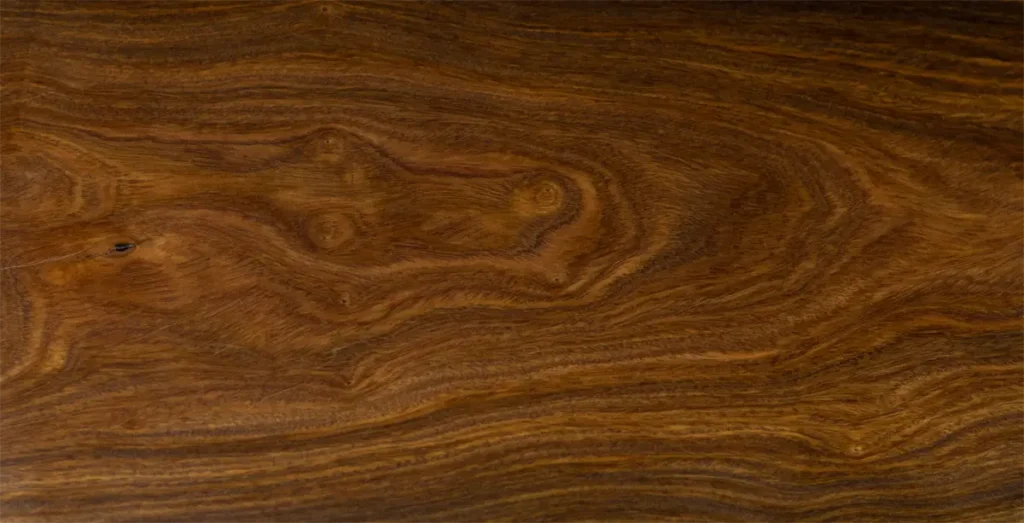
Specifications
Below is a table with the most relevant technical properties of Lignum vitae wood:
| Property | Value |
|---|---|
| Density (kg/m³) | 1.260 |
| Janka Hardness (lbf) | 4.390 |
| Radial contraction (%) | 5,3 |
| Tangential contraction (%) | 8,7 |
| Volumetric shrinkage (%) | 14,0 |
| T/R ratio | 1,6 |
| Compressive strength (kg/cm²) | 880 |
| Flexural strength (kg/cm²) | 1.250 |
| Modulus of elasticity (kg/cm²) | 175.000 |
| Natural durability | Very high (resistant to fungi and insects) |
| Dimensional stability | High |
Uses of Lignum Vitae
The combination of unique properties of Lignum vitae has led to its use in various applications throughout history and today:
Historical Uses
- Shipbuilding: It was used in the manufacture of bearings and bushings for propeller shafts due to its strength and self-lubricating properties.
- Scientific Instruments: Watchmaker John Harrison used this wood in the bearings and gears of his marine chronometers, taking advantage of its ability to operate without additional lubricants.
- Tools and Equipment: Police mallets, mortars and batons were made, assessing their hardness and weight.
Modern Uses
- Industrial Components: Still used in bearings for hydroelectric turbines and marine applications where wear and moisture resistance is required.
- Crafts and Luxury Goods: Due to its appearance and durability, it is used in the manufacture of knife handles, musical instruments, jewelry and turned objects.
- Food Presentation Tables: At Ligna.es, we have a stock of Lignum vitae wood and we offer the custom production of food presentation tables, combining functionality and aesthetics in an exclusive product.
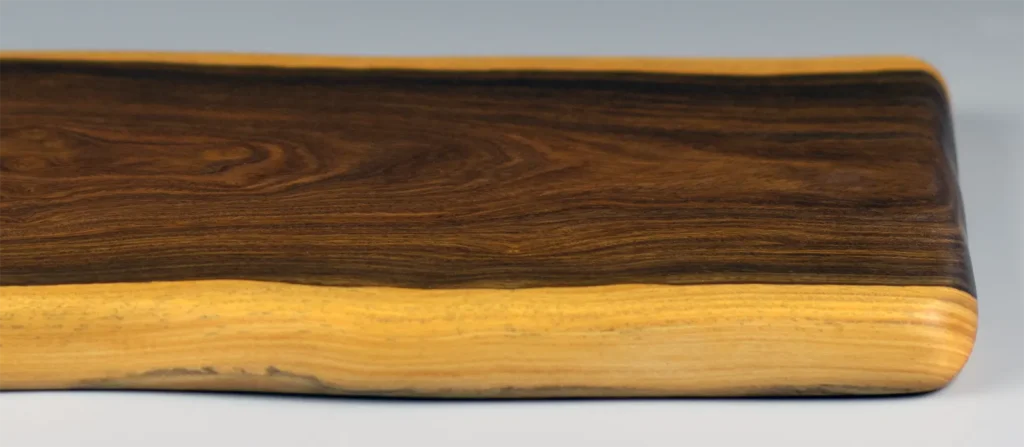
Lignum Vitae in Lignawooddesign.com
At Ligna.es, we specialize in high-quality exotic woods, and Lignum vitae is one of our jewels. We offer personalized products made with this wood, such as food presentation boards, which stand out for their beauty and durability.
If you are interested in purchasing Lignum vitae products or would like more information, please do not hesitate to contact us through our contact page.
Conclusion
Lignum vitae wood is a testament to natural perfection, combining beauty, resistance and functionality. Its rich history and exceptional properties make it an ideal choice for applications where quality and durability are essential.
At Ligna.es, we are committed to offering this unique wood to our customers, guaranteeing the highest quality products.
Frequently Asked Questions (FAQ)
What is Lignum Vitae wood?
The wood of Lignum Vitae comes from trees of the genus Guaiacum, specifically the species Guaiacum officinale and Guaiacum sanctum. It is known for its extreme density, hardness, and natural resistance to wear, making it one of the most durable and resilient woods available on the market.
What is the difference between Lignum Vitae and Guayacán?
Lignum Vitae and Guayacán are the same, although the term “Lignum Vitae” is used more technically and specifically to refer to the woods of the genus Guaiacum. “Guayacán” is a more general name used in some regions to describe hard, dense woods of this genus, although it can refer to several species.
Is Lignum Vitae the same as Guayacán?
Yes, they are the same. “Lignum Vitae” is the Latin and more technical name used to refer to the Guaiacum species from which this wood comes, while “Guayacán” is a term commonly used in many regions, especially in Latin America, to describe the wood that comes from these trees.
What is the origin of the wood in Lignum Vitae?
Lignum Vitae wood comes from the tropical regions of Central America and the Caribbean, particularly from countries such as Haiti, the Dominican Republic, Venezuela, and some areas of Central America. These trees grow in warm, humid tropical climates.
What makes the wood of Lignum Vitae so special?
Lignum Vitae wood is known for its extreme density, which gives it outstanding resistance to wear and friction. It is also self-lubricating thanks to the natural oils present in its fibers, making it ideal for applications that require wear and moisture resistance.
What are the most common uses for Lignum Vitae wood?
Lignum Vitae wood is mainly used in industrial applications such as bearings, ship axles, and machinery parts that require minimal friction. It is also used in fine cabinetry, especially in the manufacture of luxury tool handles and in the creation of high-end items such as lamp bases and ornaments.
Why is Lignum Vitae wood so dense?
The extreme density of wood is due to its dense cellular structure and the natural oils it contains. These oils give it self-lubricating properties, allowing it to resist wear and tear without the need for constant maintenance.
Is Lignum Vitae a sustainable wood?
Lignum Vitae is in danger of extinction, so its collection must be carried out in a responsible and sustainable way. It is essential that the timber comes from legal sources and is CITES certified to ensure that it is not contributing to the illegal exploitation of these trees.
Is Lignum Vitae wood difficult to work with?
Due to its high density and hardness, Lignum Vitae wood can be difficult to work with. It is recommended to use high-quality and well-sharpened tools to prevent them from wearing out or being damaged during the work process. In addition, cutting techniques must be smooth and precise for the best results.
Is Lignum Vitae waterproof?
Yes, Lignum Vitae is extremely water and moisture resistant, making it an ideal choice for use in marine applications and in environments with high exposure to moisture, such as ship bearings or machinery parts operating in wet conditions.
Why is it called “wood of life” (Lignum Vitae)?
The name “Lignum Vitae”, which means “wood of life” in Latin, comes from the historical medicinal properties attributed to it. It was believed that wood could be used to treat various muscle and joint conditions due to its natural oils.
Is Lignum Vitae harder than other woods like oak or walnut?
Yes, Lignum Vitae is significantly harder than oak and walnut. On the Janka scale, Lignum Vitae has a hardness of about 4,390 lbf, which puts it well above other woods like oak, which has a hardness of about 1,290 lbf.
Is it possible to confuse Lignum Vitae with Guayacán?
It is common to confuse Lignum Vitae with Guayacán, as both come from trees of the genus Guaiacum and have very similar properties. However, “Guayacán” is a broader term that can refer to several species within this genus, while Lignum Vitae refers to the more well-known and dense species.
What other types of wood are called “guayacán”?
The term “guayacán” is used to refer to various species of trees in the genus Guaiacum, such as Guaiacum angustifolium and Guaiacum sanctum. Although they are all hardwoods, their specific properties, such as density and hardness, can vary slightly.
How to distinguish Lignum Vitae from other similar woods?
The main way to distinguish Lignum Vitae from other similar woods is by its weight and hardness. This wood has an extremely high density, making it noticeably heavier than many other woods. In addition, its color varies from a yellowish brown to a dark brown, with a soft texture and a light fragrance reminiscent of cedar.
Otras entradas del blog
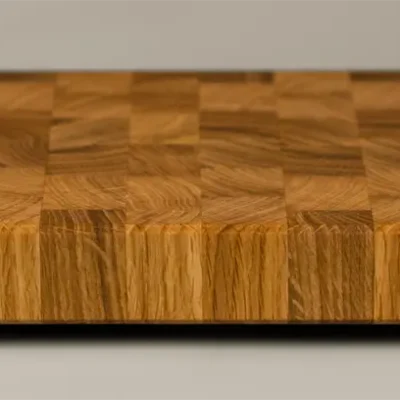
What are the best woods for cutting boards?
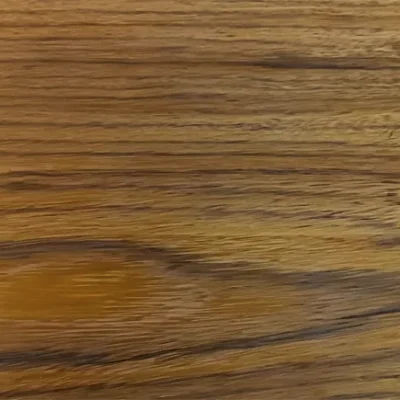
Suar wood: uses and characteristics
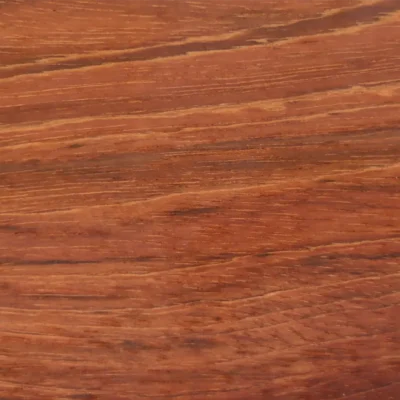
Jatoba Wood: Uses and Characteristics
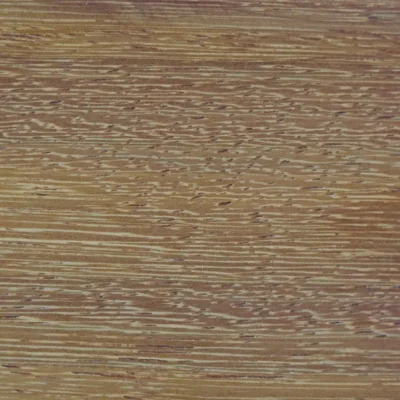
Top 10 Moisture-Resistant Woods
Nuestras tablas de cortar:
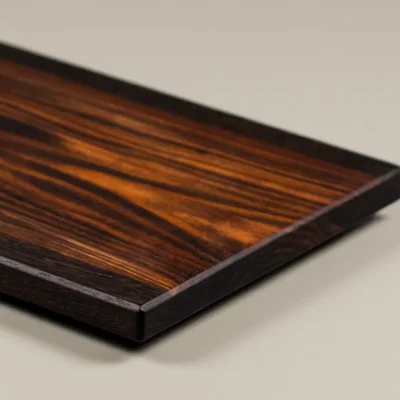
NUBILA
wooden cheese board
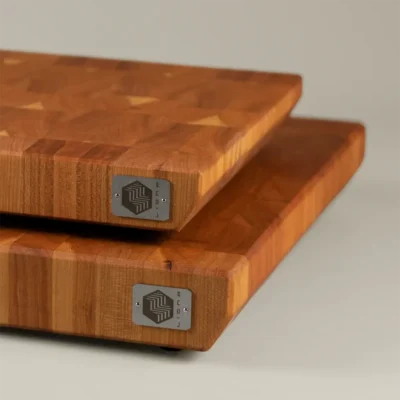
Pura
Cherry cherry butcher block
Pura
Cherrycherry butcher block
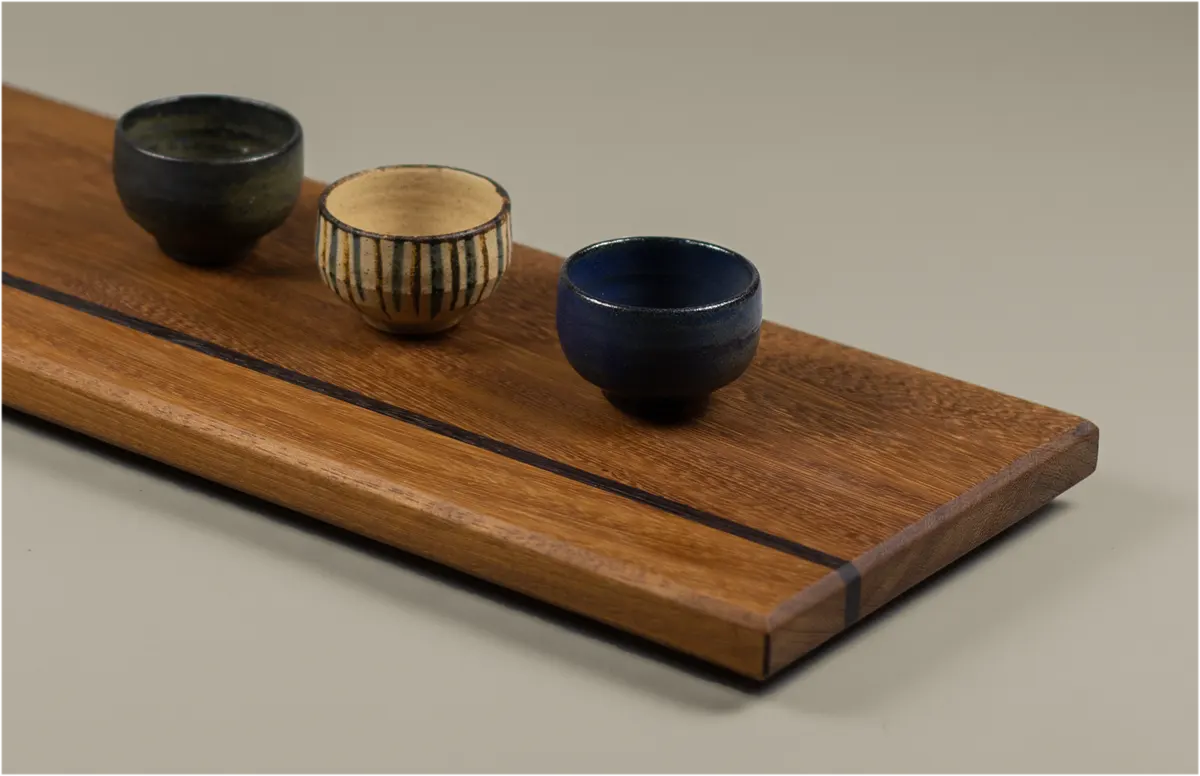
ARGILLA
long charcuterie board
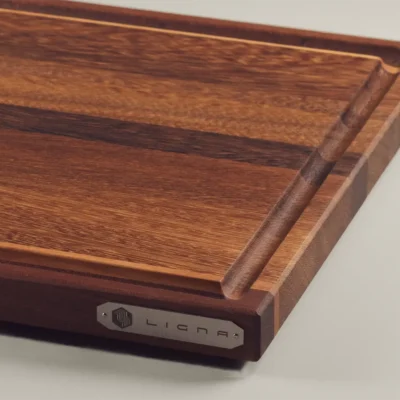
Chroma
large carving board
